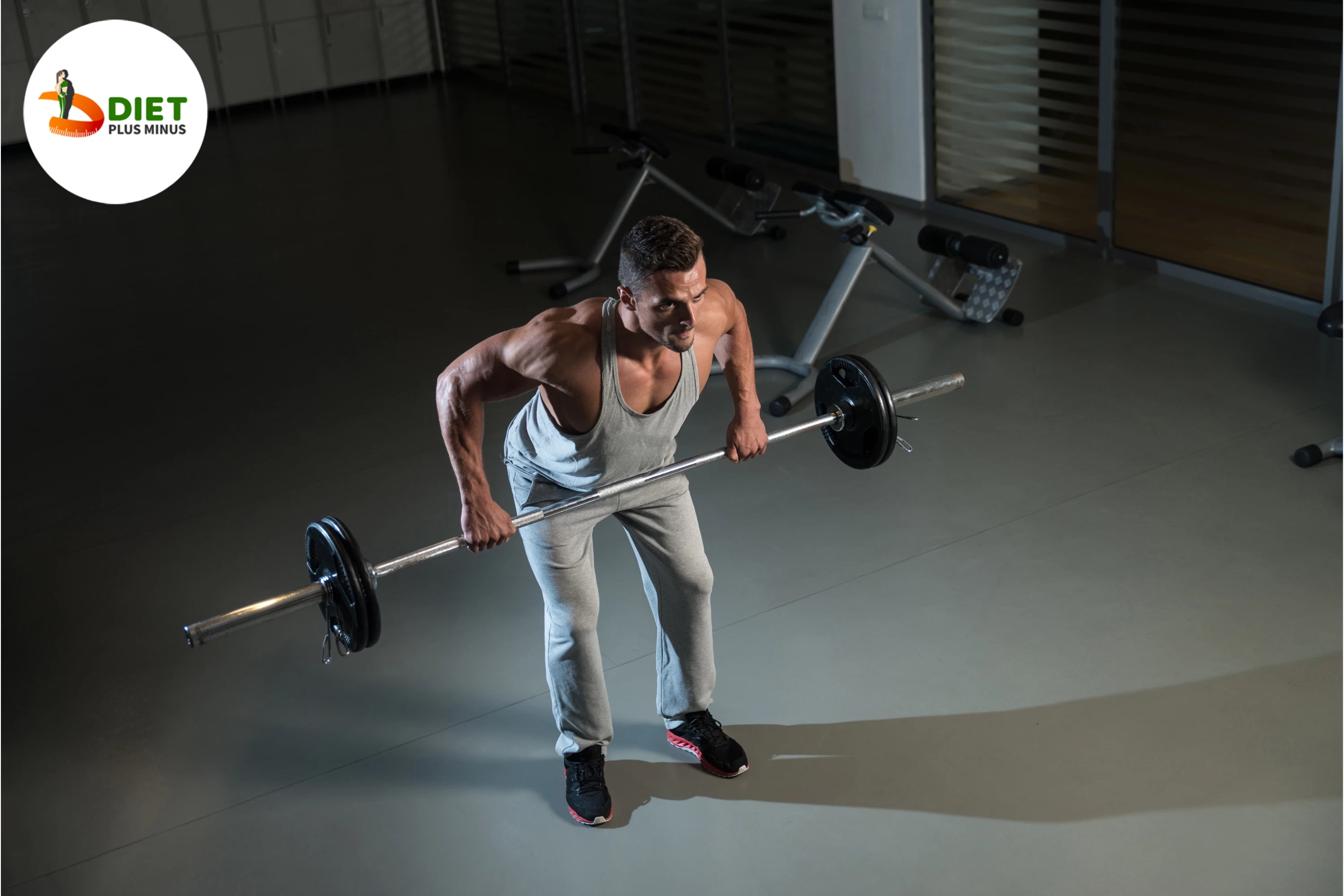Lats: Dumbbell Row

Lats: Dumbbell Row
Dumbbell rows build lats and upper back. An effective compound exercise, it requires weight control throughout the range of motion. The dumbbell row works your lats, rotator cuff, traps, and core stabilisers. Dumbbell rows begin with one hand on a bench and both feet on the floor. Pull a dumbbell up to your chest with your opposite hand while keeping your elbow close to your body. Squeeze at the top and slowly lower to complete one rep. Maintain proper form to activate all muscle groups in this movement. Alternating arms or chest-supported rows can target specific areas of development and add variety to your lat-building routine.
Muscles Worked
The broadest back muscle, the latissimus dorsi, extends shoulders and moves horizontally. Dumbbell rows strengthen lats. The lifter bends over at the waist and holds a dumbbell in each hand with arms extended. The lifter then lifts both weights to their chest with their back flat and elbows close to their sides. Squeeze their shoulder blades before lowering. This exercise also targets the rhomboids, traps, rear delts, biceps, and forearms. Core stabilisation is also needed to maintain form, which engages abs and lower back muscles.
Exercise Benefits
Dumbbell rows work lats and back muscles. Lats, rhomboids, trapezius, and biceps are worked. Regularly practising this exercise has many benefits.
Dumbbell rows improve posture. This exercise strengthens your core muscles and aligns your spine, improving your posture while standing or sitting. Strong back muscles can also reduce pain from poor ergonomics like mouse and keyboard misuse.
Dumbbell rows strengthen shoulders and arms. It builds functional strength by engaging multiple muscle groups at once, allowing you to lift more weight during bench press and push-ups. Lifting heavier weights safely and effectively can help you reach your fitness goals faster!
Proper Form and Technique
Avoid injury and maximise gains with proper dumbbell row form. Start the exercise with feet hip-width apart and knees slightly bent. Hinge at the waist and hold dumbbells to parallel your torso. Avoid arching your back. Before putting them down, raise both dumbbells to shoulder height. Keep your core engaged and control the weight while lifting and lowering. Squeeze your lats at the top of each rep without overextending them to maximise gains.
Move Variations
The dumbbell row is a classic lats exercise that can be done in different ways to target different areas. Stand with one knee on a flat bench for a regular dumbbell row. Pull the weight to your side with your opposite hand, keeping your back straight and core tight. Keep your elbow close to your body as you lift and squeeze at the top before slowly lowering it.
Use an incline or decline bench instead of a flat bench to challenge yourself. Each rep against gravity increases resistance in either direction. Switching hands after each rep or alternating arms with each set lets you use two weights simultaneously. Finally, adding bands or chains around one or both weights increases intensity throughout all motion.
Maximizing Efficiency
Dumbbell rows require elbows close to the body. This maximises lat tension and minimises bicep and shoulder strain. Slow and controlled rowing activates muscles. For extra difficulty, lift and lower each rep in two seconds. Best results come from three sets of 12-15 reps with lighter weights or two sets of 8-10 reps with heavier weights. Take 30-second breaks between sets and stretch your lats before and after workouts for maximum effectiveness.
Conclusion
Evaluation of results should conclude any workout plan. Assess your strength and muscle mass after doing lats dumbbell rows. You may have noticed a bigger back or better form when lifting heavier weights. Any muscle soreness from overuse or improper technique should be noted.
Lats dumbbell rows are a great back-building exercise. Strength gains and muscle development can help you identify areas for improvement and determine what works best for your fitness goals. This exercise can yield great results with regular practise, dedication, and proper form.
In Short:
Steps involved:
-
Place your right leg on the top of the bench resting your knee and shin flat on the bench, your foot hanging off the end.
-
Bend your torso towards the floor and place your palm flat against the bench in order to support yourself.
-
Hold the dumbbell with your left hand and pull it straight up to the side of your chest. Repeat the motion.
-
Switch the supporting leg and arm to work the other side.
Do’s:
-
Do keep your back straight through the entire range of motion.
-
Move the arms in an arch movement rather than moving it in a linear motion.
-
Keep your lats squeezed and engaged throughout the movement.
-
Use your elbow to lift the weight rather than using all of your arms.
-
Keep your back parallel to the floor.
Don’ts:
-
Do not keep your body loose.
-
Do not focus much on weight rather focus on the number of reps.
